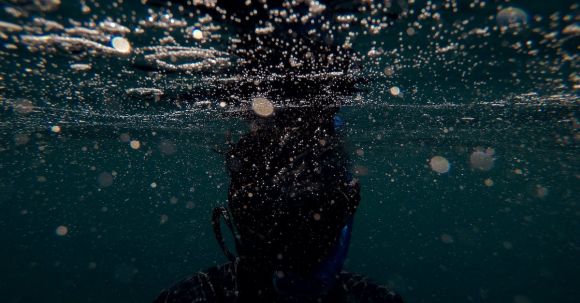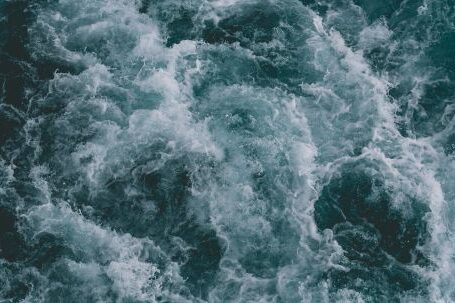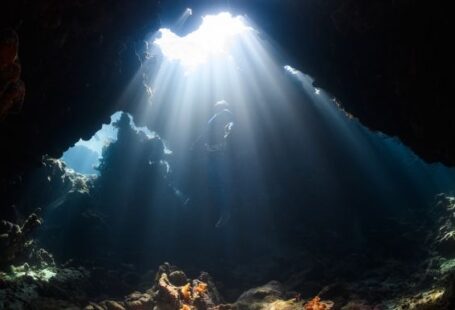Capturing stunning images in shallow water can be a challenge for photographers. The clear, pristine nature of these environments presents unique opportunities, but also requires specific techniques to achieve the desired results. In this article, we will explore various methods and tips for shooting in shallow water, ensuring that your shots are crystal clear and visually captivating.
Understanding the Lighting Conditions
One of the key factors to consider when shooting in shallow water is the lighting conditions. The angle and intensity of the sunlight can greatly affect the clarity of your shots. To capture clear, well-lit images, it is advisable to shoot during the golden hours – the period shortly after sunrise or before sunset when the light is soft and warm. This will help minimize glare and create a more even exposure.
Choosing the Right Equipment
To achieve crystal clear shots in shallow water, it is essential to have the right equipment. A good quality underwater housing or waterproof camera is a must, as it will protect your gear from water damage and allow you to shoot at various depths. Additionally, using a polarizing filter can help reduce reflections and enhance the colors in your images, resulting in clearer and more vibrant shots.
Mastering the Composition
Composition plays a crucial role in creating visually appealing photographs. When shooting in shallow water, pay attention to the placement of your subject within the frame. Consider using the rule of thirds, where you divide the frame into thirds vertically and horizontally and place your subject along these lines or at their intersections. This will create a more balanced and aesthetically pleasing composition.
Getting Close and Staying Steady
Getting close to your subject is essential when shooting in shallow water. By minimizing the distance between you and your subject, you can capture more detail and clarity in your shots. However, it is equally important to maintain a steady hand to avoid blurry images. Using a tripod or stabilizing yourself against a stable surface can significantly improve the sharpness of your photographs.
Utilizing the Power of Post-Processing
Post-processing can be a powerful tool in enhancing the clarity and overall quality of your images. Basic adjustments such as contrast, brightness, and sharpness can make a significant difference in bringing out the details in your shots. Additionally, using specific filters or presets designed for underwater photography can help remove any unwanted color casts and further enhance the clarity of your images.
Exploring Different Perspectives
To add depth and interest to your shots, consider exploring different perspectives when shooting in shallow water. Experiment with shooting from above, below, or at eye level with your subject. Each angle will offer a unique perspective and allow you to capture the beauty of the underwater world in new and exciting ways.
Maintaining Patience and Persistence
Shooting in shallow water requires patience and persistence. It may take several attempts to achieve the desired results, but with practice and determination, you can capture breathtaking shots. Don’t be afraid to experiment, try different techniques, and learn from your mistakes. With time, you will develop your own style and techniques for shooting in shallow water.
In conclusion, shooting in shallow water can be a rewarding and visually captivating experience for photographers. By understanding the lighting conditions, choosing the right equipment, mastering composition, getting close to your subject, utilizing post-processing, exploring different perspectives, and maintaining patience and persistence, you can capture crystal clear shots that truly showcase the beauty of the underwater world. So grab your camera, dive in, and let your creativity flow as you capture stunning images in shallow water.





